Is Your Milk Thistle Supplement a Waste of Money? Here’s What the Pros Know.
In my years working with botanical medicine, I’ve watched countless “superfoods” burst onto the scene and then fade away. But a few herbs have serious staying power, and milk thistle is one of them. This isn’t some trendy new discovery; it’s a reliable workhorse with a long history of use for supporting one of our most overworked organs: the liver.
In this article
You’ve probably seen it growing wild, with its distinct spiky leaves and a bright purple flower that almost dares you to touch it. But the real magic is inside its seeds. They’re packed with a compound complex called silymarin, which is what all the fuss is about. My goal here isn’t to just throw another list of benefits at you. I want to give you the practical, real-world knowledge that I share with clients—how it works, how to choose a product that isn’t a ripoff, and how to use it safely.
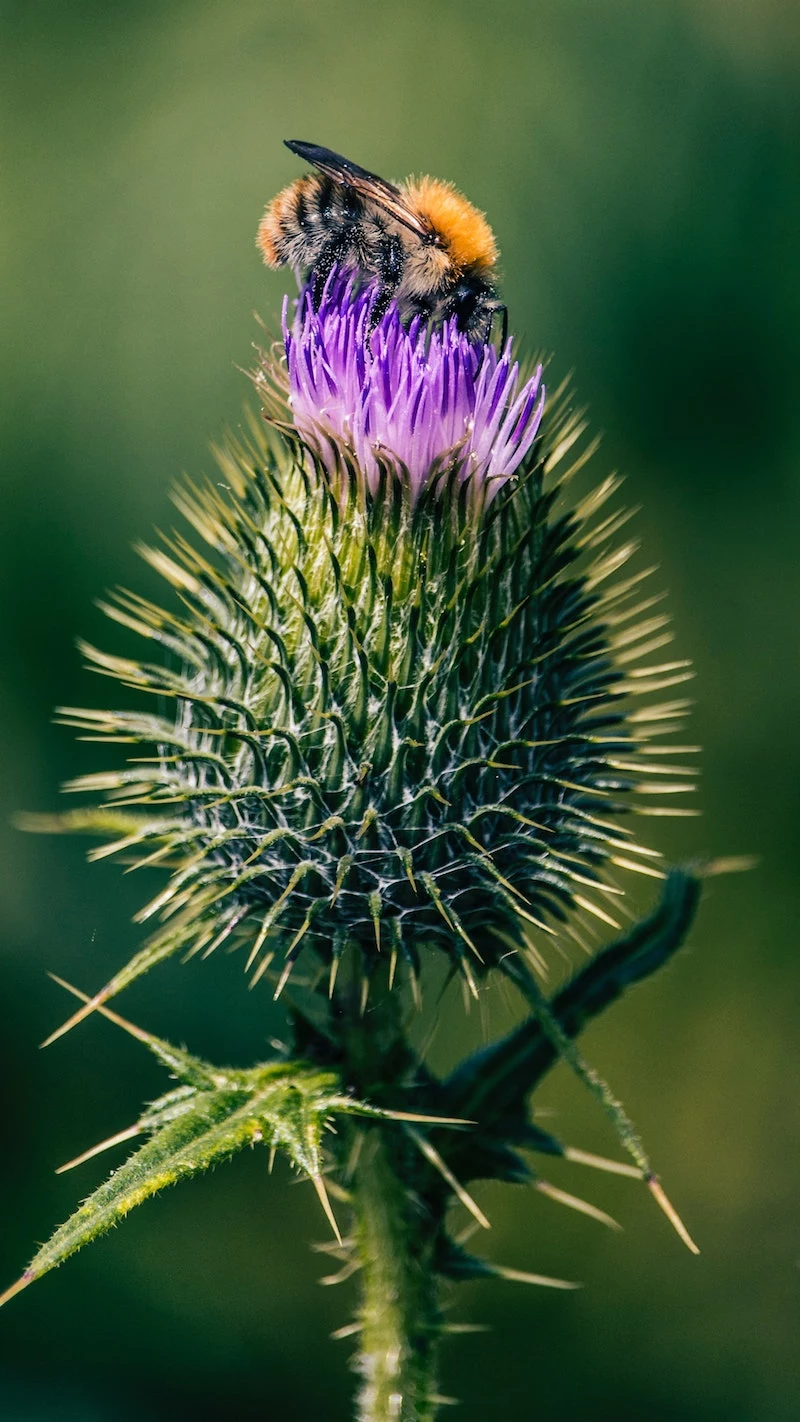
So, What’s It Actually Doing for Your Liver?
To get why milk thistle is so respected, you have to appreciate what your liver goes through every single day. It’s the body’s main filter, processing everything you eat, drink, and even breathe. All that hard work creates a ton of oxidative stress, which is basically cellular wear and tear.
This is where silymarin steps in. It’s not one thing, but a group of compounds, with the all-star player being silybin. Silymarin helps the liver in a few really cool ways:
- It’s a Major Antioxidant Boost. Silymarin fights off those damaging free radicals directly. But more importantly, it helps the liver produce more of its own master antioxidant, glutathione. I often explain it like this: taking milk thistle is like giving your liver’s internal cleanup crew better equipment and a bigger team. When your liver is struggling, glutathione levels often plummet, and silymarin helps reverse that.
- It Reinforces Liver Cell Walls. This is probably its most unique trick. Silymarin can actually change the outer membrane of a liver cell, making it tougher for toxins to get inside in the first place. It’s a powerful protective shield that applies to all sorts of everyday junk our liver has to deal with.
- It Helps with Regeneration. It doesn’t just protect the cells you have; it helps you build new ones. Silymarin gently stimulates a process that helps the liver repair and regenerate itself more efficiently. Pretty amazing, right?
But here’s the single most important thing you need to know, and it’s where most people go wrong. On its own, silymarin is absorbed very poorly. You could be taking a huge dose of basic milk thistle powder, and most of it is just passing right through you. It’s a massive source of confusion and the main reason some people say, “I tried it and felt nothing.”
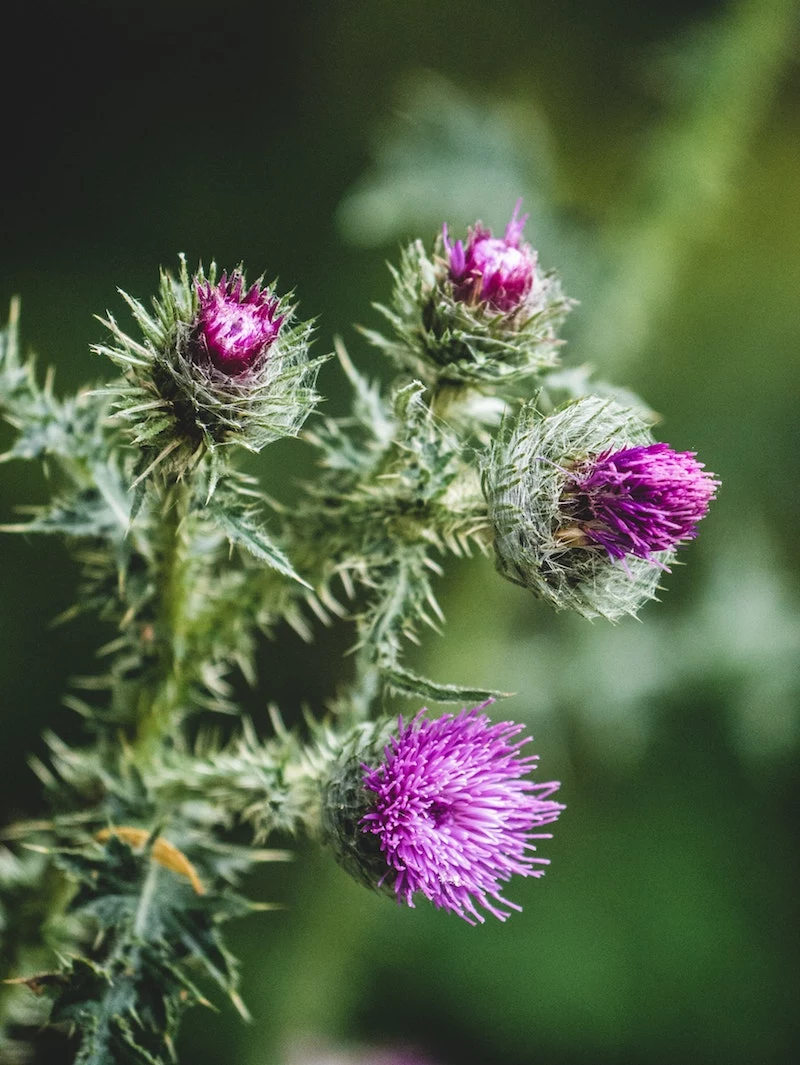
Choosing a Milk Thistle That Actually Works
Walking down the supplement aisle can be overwhelming. So how do you separate the good stuff from the fancy-looking placebos? It all comes down to the formulation. Let’s be real about cost for a second. A cheap bottle of generic milk thistle powder might only be $10, but if your body can’t use it, you’ve wasted your money. A decent standardized extract will usually run you between $15 and $25 for a month’s supply. The high-absorption formulas I’m about to mention are a bigger investment, typically in the $30 to $50 range, but you’re paying for results, not just the herb.
Here’s the difference:
- Standard Milk Thistle: This is your basic extract. It’s better than nothing, but it has low bioavailability. Think of it as yelling a message from across a crowded room—some of it might get through, but most is lost. It’s fine for very general, preventative wellness.
- Phytosome Milk Thistle: This is the professional-grade stuff. Here, the silymarin is bound to a fat called phosphatidylcholine, which your body loves to absorb. This simple change can increase absorption by up to 10 times. Now you’re not yelling; you’re delivering the message directly. This is the form you want for targeted, therapeutic support.
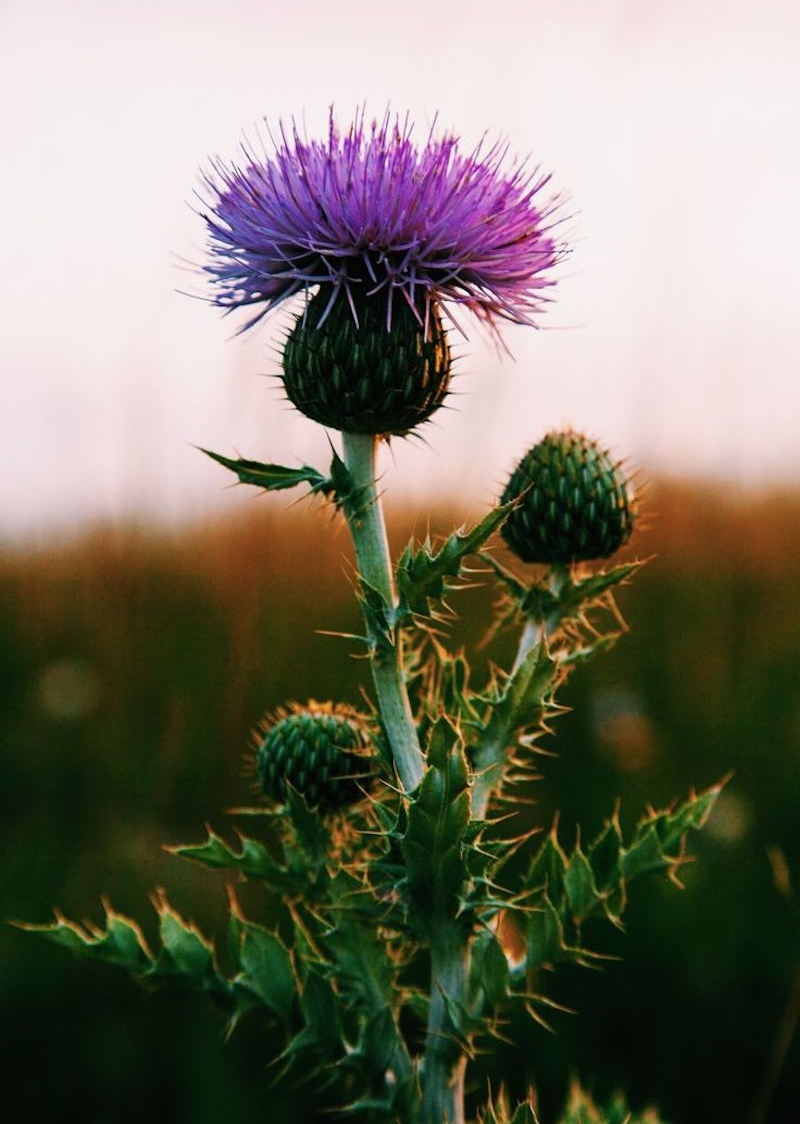
How to Read a Supplement Label Like a Pro
When you’re looking at a bottle, ignore the flashy marketing on the front and turn it over to the supplement facts panel. Here’s what you’re looking for:
- Standardization: First, make sure it says it’s “standardized to 80% silymarin.” This is the baseline for quality. It ensures every capsule has a consistent, potent dose.
- The Bioavailability Key: Now, look for the magic words. You want to see it described as a “Phytosome” or “Silybin Phytosome.” Sometimes you’ll even see a trademarked name like Siliphos®. If you see any of those, you’ve found a high-absorption formula. That’s the good stuff.
Heads up! Quick action step for you: Go grab your current bottle of milk thistle right now. Does the label mention “phytosome” or that it’s standardized to 80% silymarin? If not, you might be taking something that isn’t doing much. Now you know exactly what to look for next time!

Real-World Uses for Liver Support
While it’s often promoted for a general “detox,” milk thistle’s real value is in providing targeted support. I once had a client—we’ll call him Dave—whose liver enzymes were consistently high from non-alcoholic fatty liver disease (NAFLD). After four months of taking a quality phytosome formula daily, along with cutting out sugary sodas, his doctor was floored when his lab work came back in the normal range. It’s not a magic pill, but it’s a powerful partner to lifestyle changes.
It’s also helpful in other situations:
- Alcohol-Related Support: Let’s be crystal clear: this will not reverse serious liver damage or give you a free pass to drink heavily. But for someone who is actively cutting back, it can help support the liver’s healing process from the inflammation caused by alcohol.
- Support from Medications: Many essential drugs are tough on the liver. If you’re on a medication known to elevate liver enzymes, talk to your doctor. Sometimes, adding milk thistle (with their approval!) can help protect the liver, allowing you to stay on a necessary treatment. This absolutely requires a conversation with your physician.

What About Benefits Beyond the Liver?
Because the liver is so central to everything, supporting it can create positive ripple effects. Some of the other areas where milk thistle may lend a hand include:
- Blood Sugar: A healthy liver is key for stable blood sugar. By reducing liver inflammation, milk thistle can indirectly help improve blood sugar control. If you have diabetes, you MUST monitor your blood sugar closely when you start taking it, as it can have a mild glucose-lowering effect. Talk to your doctor, as your medication may need adjusting.
- Skin Health: I always say that skin problems are often a mirror of what’s happening inside, especially in the gut and liver. For some people with inflammatory acne, supporting the liver with milk thistle can lead to clearer skin. It’s an inside-out approach.
- Promoting Milk Production: This is a traditional use, but one that requires extreme caution. We just don’t have enough data on how much passes into breast milk. My firm advice: if you are a lactating mother, do not even consider it without talking to your doctor and a certified lactation consultant first. The baby’s health is the absolute priority.

The Practical Details: Dosing and Safety
Milk thistle is considered very safe, but a few rules of the road apply.
For dosages, a typical goal is 200-400 mg of standardized silymarin daily for general support. For the more effective phytosome versions, you can often use a lower dose, like 200-400 mg of the phytosome complex itself. Always start with the dose recommended on the product label.
Side effects are rare, but the most common one is a mild laxative effect, which is usually just a sign that it’s increasing bile flow (part of how it works!).
But please, be aware of these important safety points:
- Allergies: If you’re allergic to plants in the daisy family (like ragweed, marigolds, or chrysanthemums), you might react to milk thistle. Steer clear if you have this allergy.
- Drug Interactions: This is a big one. The liver breaks down most medications. Milk thistle can affect this process. For instance, if you’re on a blood thinner like Warfarin or certain statin drugs for cholesterol, adding milk thistle without your doctor’s okay is a huge no-no. It can mess with how your body processes the medication. Always, always consult your doctor or pharmacist if you take any prescription drugs.
- Hormone-Sensitive Conditions: Silymarin might have an extremely weak estrogen-like effect. To be safe, if you have a history of a hormone-sensitive cancer, avoid it unless your oncologist gives you the green light.
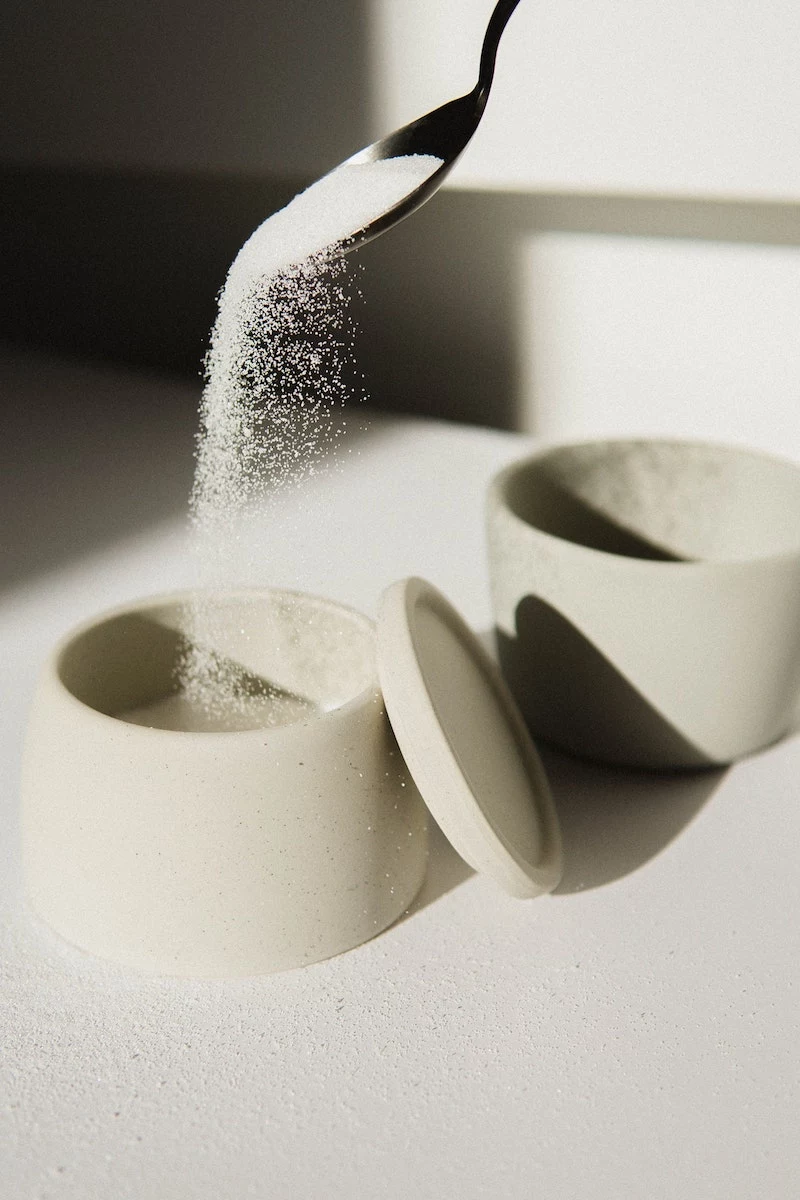
My Final Thoughts
In a world where our livers are under constant stress, milk thistle offers a reliable, well-researched way to give it some backup. It’s not a magic eraser for a bad diet or heavy drinking. It’s a sophisticated tool that works with your body. Its real power is unlocked when you know how to choose a quality product and use it wisely. It has definitely earned its keep as a foundational herb for modern health.
Inspirational Gallery


Beyond the Bottle: What works well with milk thistle? To create a truly comprehensive liver support system, consider pairing milk thistle with other synergistic herbs. Think of it as assembling a team where each player has a special skill.
- Artichoke Leaf: Known to stimulate bile flow, which helps the liver flush out toxins that milk thistle helps process.
- Turmeric (Curcumin): A powerful anti-inflammatory that helps calm the chronic, low-grade inflammation often associated with liver stress.
- Dandelion Root: Traditionally used as a gentle liver tonic and diuretic, it supports the body’s natural detoxification pathways.
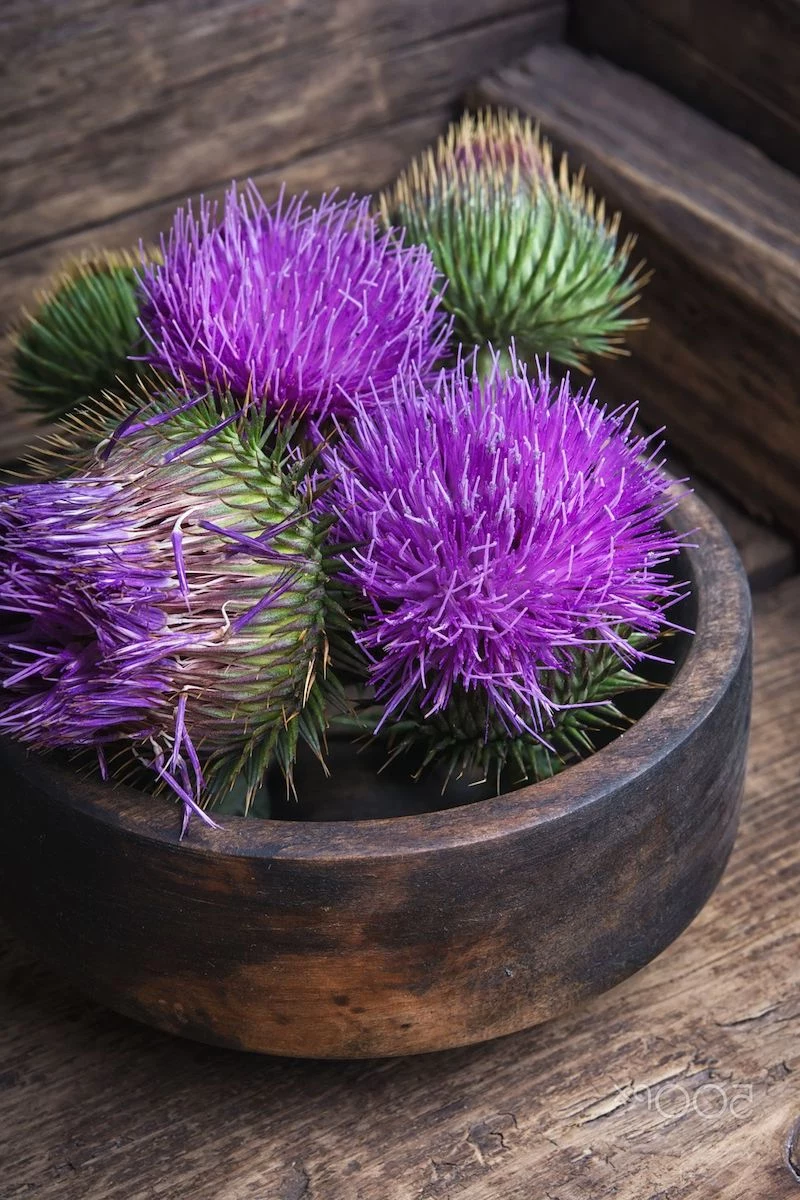
The Greek physician and botanist Dioscorides was the first to describe the healing properties of milk thistle in his writings way back in 40 A.D.
This isn’t a modern wellness fad. For nearly two thousand years, the seeds of this prickly plant have been a cornerstone of traditional European medicine for treating liver and biliary tract ailments, a testament to its enduring efficacy long before we could isolate compounds like silymarin.

I started taking milk thistle and feel a bit… off. Is this normal?
While milk thistle is exceptionally well-tolerated, some people experience mild digestive effects initially, like bloating or looser stools. This is often due to its effect on bile production. Think of it as the liver’s ‘engine’ getting a tune-up. To minimize this, start with a lower dose for the first week and always take your supplement with food. The effect is usually temporary as your body adjusts.
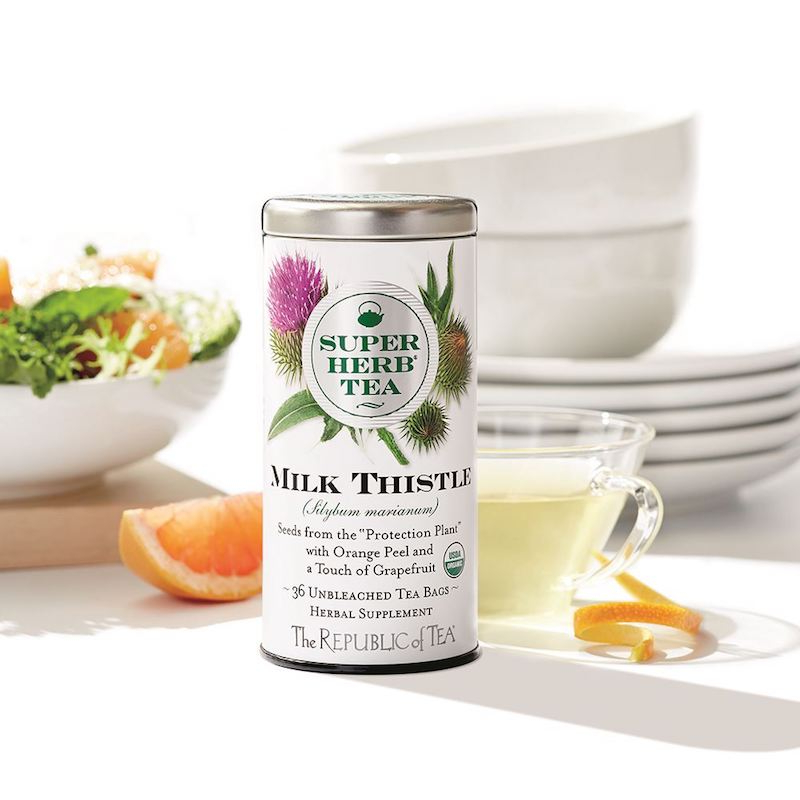
Standardized Extract vs. Phytosome Technology: Not all milk thistle is created equal, and the key is absorption. A standard extract provides silymarin, but its bioavailability is poor. A Silybin Phytosome, like the patented Siliphos®, binds the most active component (silybin) to a phospholipid from soy. This molecular ‘disguise’ helps it pass through cell membranes far more easily, with research showing it can boost liver concentration of silybin by up to tenfold compared to a standard extract. If you’re investing in your health, investing in superior absorption technology makes all the difference.
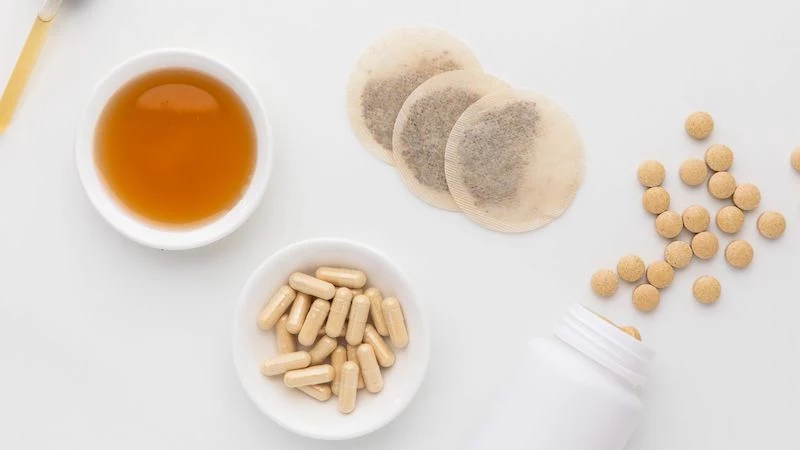
Don’t just think capsules. For a gentler, daily ritual, try making traditional milk thistle tea. Lightly crush one tablespoon of whole milk thistle seeds (you can find these at health food stores or online from brands like Starwest Botanicals) and steep them in hot, but not boiling, water for 10-15 minutes. It has a mild, pleasant taste. While it won’t provide the concentrated, therapeutic dose of a high-quality extract, it’s a wonderful way to incorporate the plant’s broader benefits into your routine.
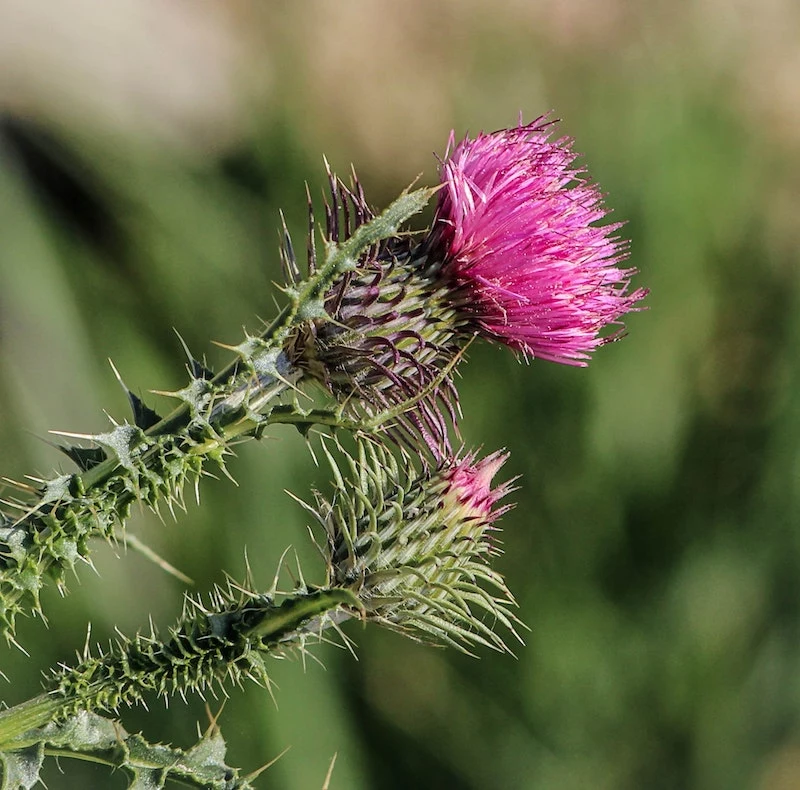
- Protects liver cells from incoming toxins.
- Boosts the liver’s own master antioxidant, glutathione.
- Helps reduce liver enzyme levels (AST and ALT) when they’re elevated.
The secret behind this triple-action power? It’s a unique flavonoid complex called silymarin, which isn’t just one substance but a group of active compounds working in concert to shield and support one of the body’s most vital organs.
Important note on medication: Because the liver is the body’s primary processing plant for pharmaceuticals, milk thistle’s supportive action can sometimes affect how certain drugs are metabolized. If you are taking prescription medications—especially statins, blood thinners, or diabetes drugs—it’s crucial to talk to your doctor or pharmacist before adding milk thistle to your regimen to avoid any unwanted interactions.










